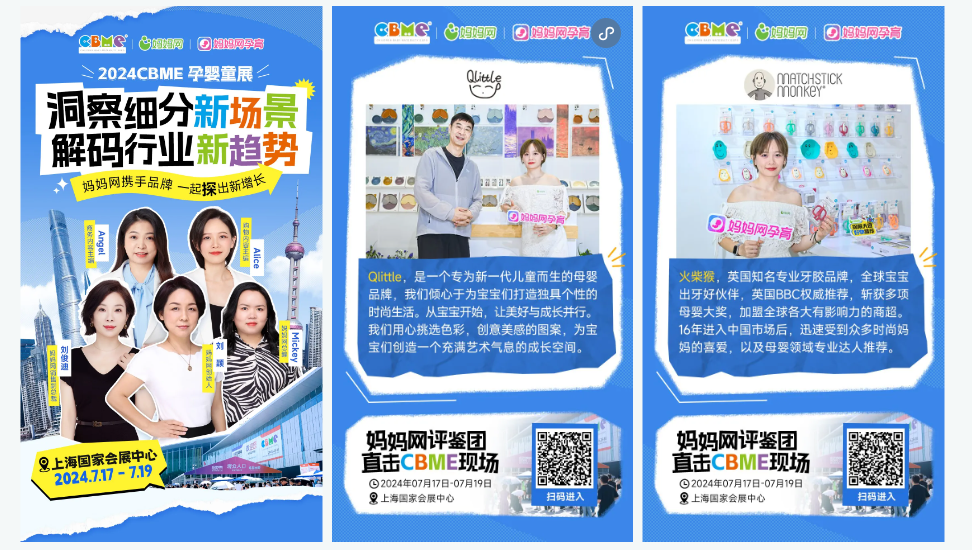Following the outbreak of Covid-19 in January China’s FMCG market was significantly impacted as shoppers were confined to their homes. Sales starting to decline during the week of CNY and experienced decline for 6 consecutive weeks. The fastest rate of decline was witnessed during the week after Chinese New Year (w/c 3rd February) where the FMCG market fell by 39% compared to the equivalent week in 2019.
However, from the second week in March FMCG sales returned to growth. Now that China has started to return to normal across most of the country a key question that many FMCG manufacturers and retailers have is how long will it take for the FMCG market to fully recover and what can be done to help accelerate this rate.
The speed of the recovery very much depends on the nature of the category and how impacted the category was during the peak of the outbreak. Some categories will show a ‘V-shaped’ recovery where there is a quick recovery whereas other categories will have more of a ‘U-shaped’ curve, taking longer to recover. Also, there are a handful of categories that were not negatively impact with some even experiencing stronger than expected growth during the epidemic.
Through analysis conducted by the Expert Solutions team at Kantar Worldpanel China, 98 FCMG categories were classified into one of four segments based on the performance they experienced both during the peak of the outbreak and whether they have experienced a fast or slow recovery during recent weeks as the Covid-19 situation improved. These are shown in the diagram above.
Growth Categories:
Increased or New Demand Generated as a Result of Covid-19
The categories appearing here fall into two main groups. Unsurprisingly one group consists of products which can kill germs and protect you from the coronavirus such as hand wash, disinfectant and wet tissues. During the peak disinfectant saw phenomenal weekly growth of over 600% and hand wash reported over 200% growth in some weeks during February.
The second group are products which can be used for home cooking such as bouillon, MSG, herbs and spices and tomato ketchup. Also convenient in-home meals, such as instant noodles and quick soup, experienced growth, catering to consumers whose might not be as willing or able to cook from scratch.
Categories falling into this segment have a real potential to leverage this unexpected growth momentum by ensuring the consumers maintain the new habits they may have established during the epidemic. Sanitizing and keeping yourself protected from viruses will undoubtedly be a much greater concern for shoppers in the future so brands which have these benefits or have the potential to extend brands into these benefits should put more focus and media investment here.
Cooking at home is likely to see a resurgence with many people learning to cook and improving their skills during the self-isolation. Also many families will feel safer preparing and cooking their own meals rather than ordering take-away or going to a restaurant where there is a higher risk of infection. Consumers will be keen to continue these habits once the epidemic is over so for food brands it’s important to link the brand to in-home meal occasions, food safety and spending time with the family.
Conclusion
The path to recovery will be different for every brand and category as it depends on how the category has been impacted by the Covid-19 outbreak but also how consumers needs will change in the future. Below are areas that manufactures will need to understand in order to find the fastest path the recovery:
Demand Forecasting – understanding of future demand post Covid-19 and how to compensate for lost usage occasions
Marketing Growth Drivers – what elements of the marketing mix will help to drive sales after the epidemic: advertising, promotions, in-store activities and distribution are likely to have different weights of importance post epidemic.
Usage occasions – identifying new usage occasions that have arisen as a result of the coronavirus will be critical in helping to capture future demand and developing new products to meet these new needs.
Media Investment – how to optimize your media investment will be more crucial than ever especially in the event of reduced budgets. Knowing who to reach and how to reach them in the most cost effective way will help to improve the return on investment.
Channel Dynamics – online and O2O will be even more important channels post epidemic so understanding how people’s behaviour changes when shopping via these channels will help to identify new growth opportunities.
About CBME
CBME is an established one-stop trade fair with nearly 20 years' experience of bringing together the movers and shakers in child, baby and maternity industry. Uniting top buyers, manufacturers, distributors, suppliers and sellers together under one roof in Shanghai, China annually. CBME hosts hundreds of quality industrial events, training events, private match making meetings. Awards and industry reports release all year around. As a gateway to key sourcing hubs for child, baby and maternity products and services, CBME now covers the most potential markets in the world and is regarded as a MUST-ATTEND show in the world where the key persons to share knowledge and create business opportunities.









